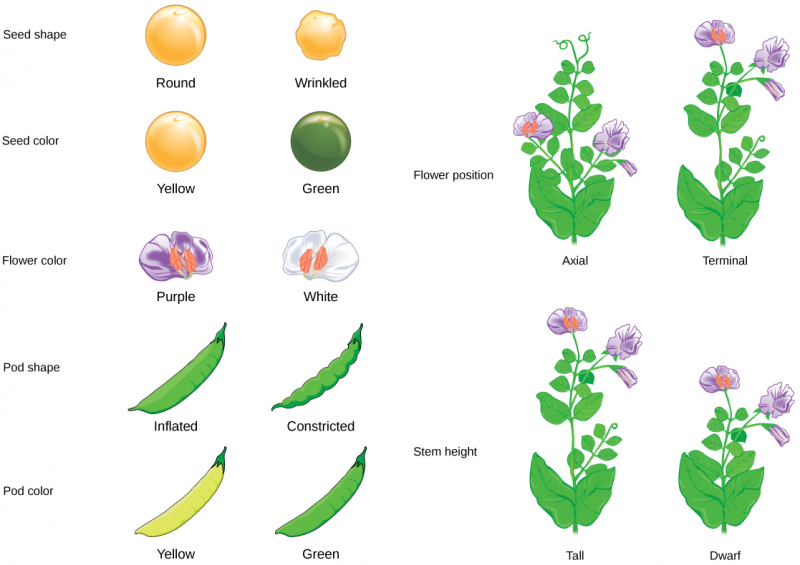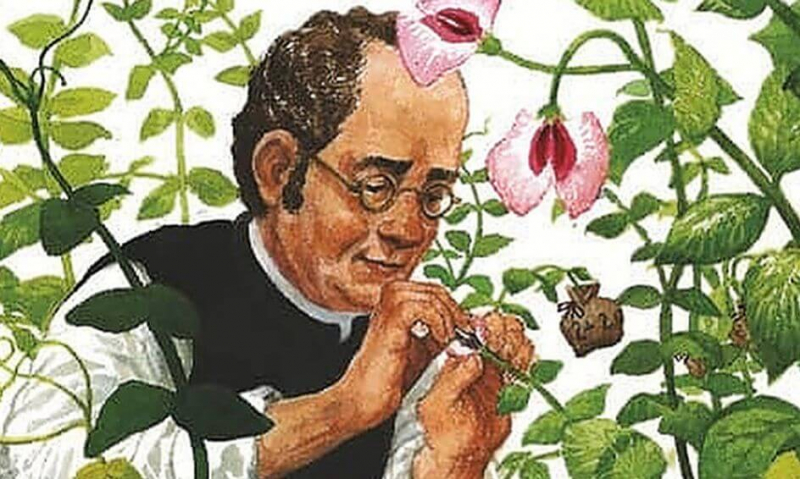His famous experiments were conducted on peas
Mendel was permitted in 1854 by Abbot Cyril Napp to organize a significant hybridization experimentation program at the monastery. The purpose of this program was to follow the inheritance of traits in subsequent generations of hybrid offspring. Although in rare circumstances some fertile hybrids did appear to not revert (the so-called "constant hybrids"), previous authorities had observed that progeny of fertile hybrids tended to revert to the originating species. They, therefore, concluded that hybridization could not be a mechanism used by nature to multiple species. However, plant and animal breeders have long demonstrated that crossbreeding can result in a wide variety of new species. The monastery's abbot, who was concerned about the monastery's future revenues from the wool of its Merino sheep due to competitive wool being provided from Australia, was particularly interested in the last issue.
Mendel decided to study the edible pea for his research (Pisum sativum), which is one of the most interesting facts about Gregor Mendel. He examined seven distinct traits in peas, such as plant height, seed color, and wrinkled or smoothness. Though Mendel never discovered it, the "particles of inheritance" in peas are distributed across seven pairs of chromosomes. Call it intuition or luck.












